Leading market players are investing heavily in R&D in order to expand their product lines, which will help the automotive supercharger market, grow even more. Market participants are also undertaking a variety of strategic activities to expand their global footprint, with important market developments including new product launches, contractual agreements, mergers and acquisitions, higher investments, and collaboration with other organizations. To expand and survive in a more competitive and rising market climate, automotive supercharger industry must offer cost-effective items.
Manufacturing locally to minimize operational costs is one of the key business tactics used by manufacturers in the global automotive supercharger industry to benefit clients and increase the market sector. In recent years, the automotive supercharger industry has offered some of the most significant advantages to medicine. Major players in the automotive supercharger market, including Daimler AG (Germany), Koenigsegg Automotive AB, Federal-Mogul Corporation (U.S.), Eaton Corporation Plc, Honeywell International Inc. (U.S.), IHI Corporation (Japan). And others are attempting to increase market demand by investing in R&D operations.
BorgWarner Inc. is a multinational automobile supplier based in Auburn Hills, Michigan. The corporation has around 49,000 people and maintains production facilities and technological systems at 93 sites (as of June 6, 2022) in 22 countries globally. BorgWarner is one of the world's top 25 automobile suppliers. Since August 1, 2018, FrédéricLissalde has served as CEO of BorgWarner Inc. Borg-Warner Corporation was established in 1928. It was created by the merger of many companies, including Borg & Beck, Marvel-Schebler, Warner Gear, and Mechanics Universal Joint.
Borg-Warner Corporation ceased to exist in 1987 as a result of a series of complex financial transactions, though the business was continued by a new firm of the same name (still Borg-Warner Corporation).In January 2021, BorgWarner Inc. introduced eBooster Gen2. BorgWarner eBooster offers significant improvements in both efficiency and performance. The eBooster helps to enhance fuel efficiency.
Eaton Corporation plc is a multinational power management corporation formed in the United States[3] with global headquarters in Dublin, Ireland, and a subsidiary administrative base in Beachwood, Ohio, with 2021 revenues of $19.63 billion. Eaton employs over 86,000 people and offers goods to clients in over 175 countries. In Bloomfield, New Jersey, Joseph O. Eaton, his brother-in-law Henning O. Taube, and Viggo V. Torbensen formed the Torbensen Gear and Axle Co. in 1911. The company was designed to manufacture Torbensen's innovative internal-gear truck axle with financial assistance from Torbensen's mother.
To be closer to its major business, the automobile industry, the company relocated to Cleveland, Ohio, in 1914. In November 2022, Eaton Corporation launched the Twin Vortices Series X3100 supercharger for aftermarket applications and the expansion of its Detroit Truetrac and ELocker aftermarket differential lines.
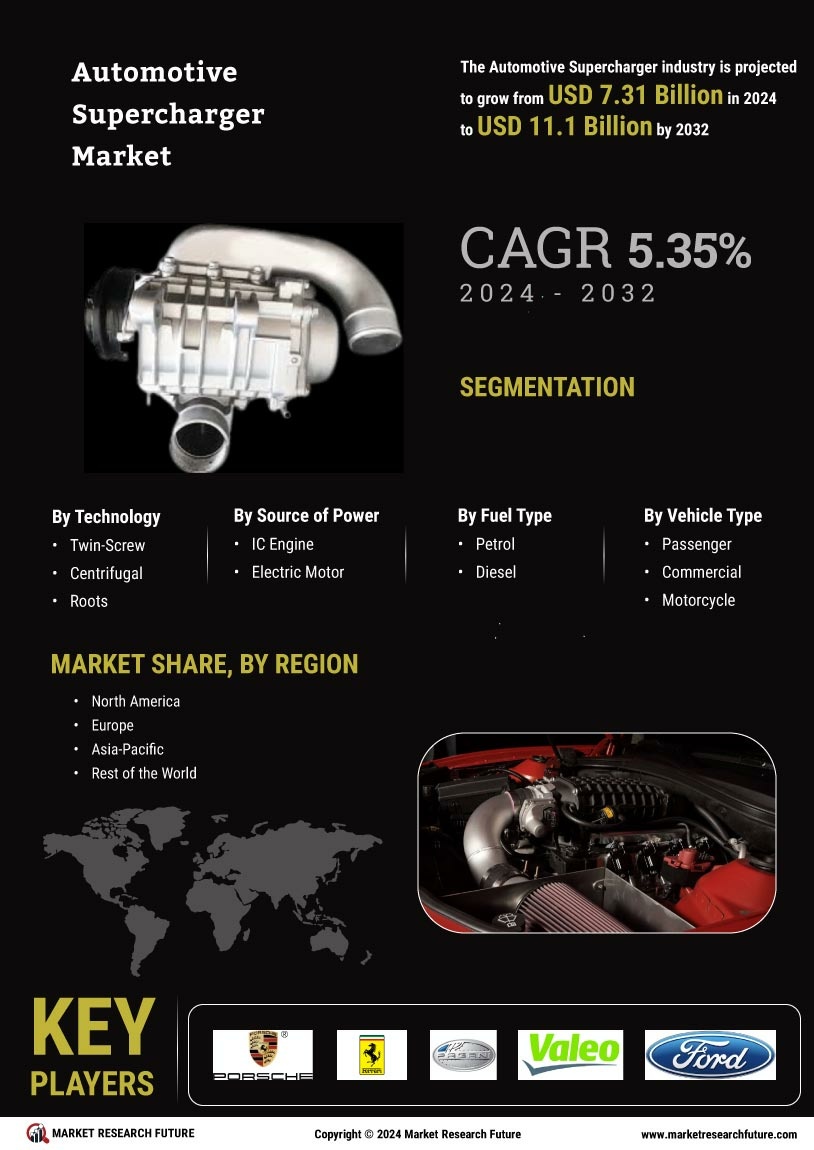

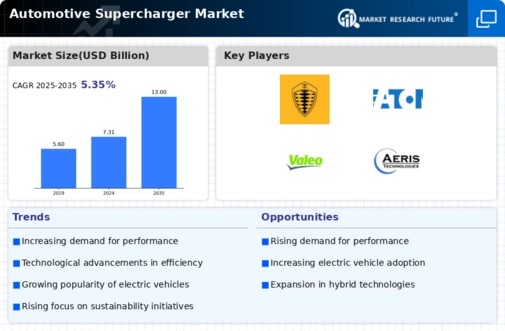
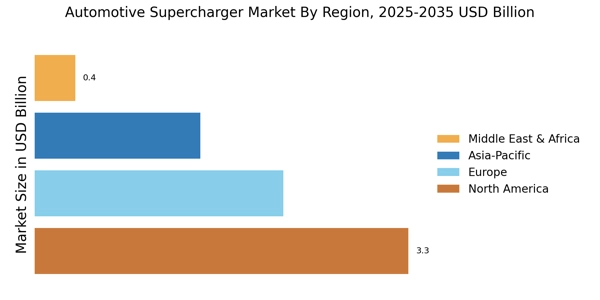
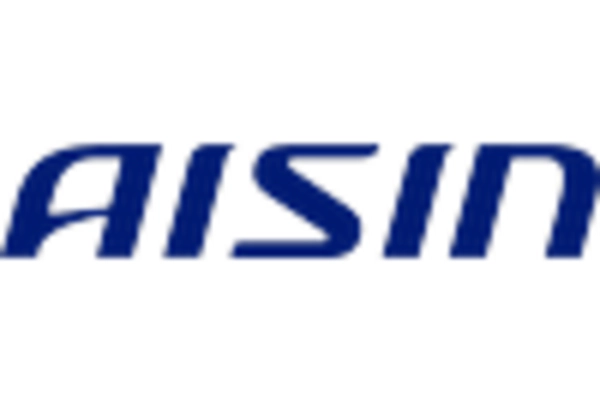
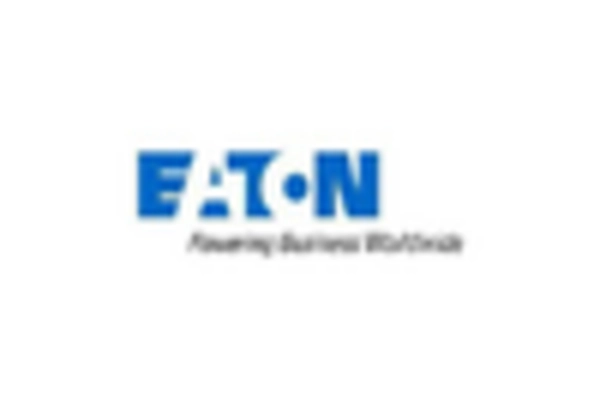
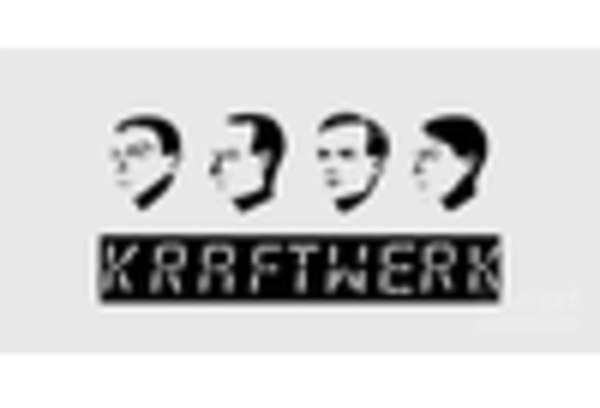
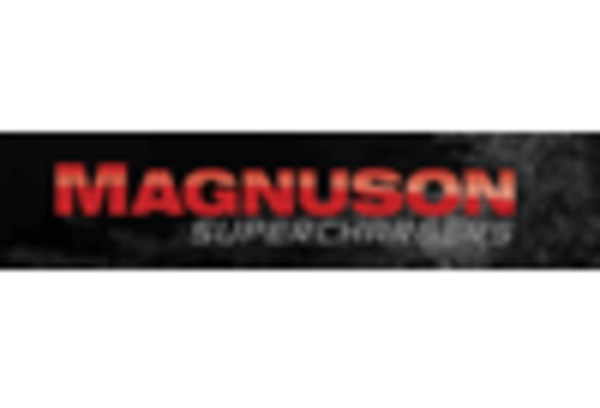
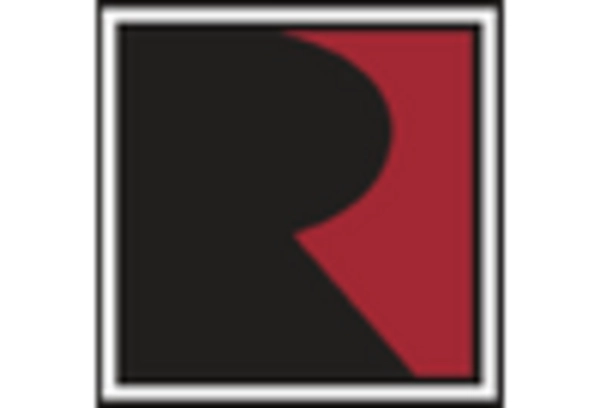
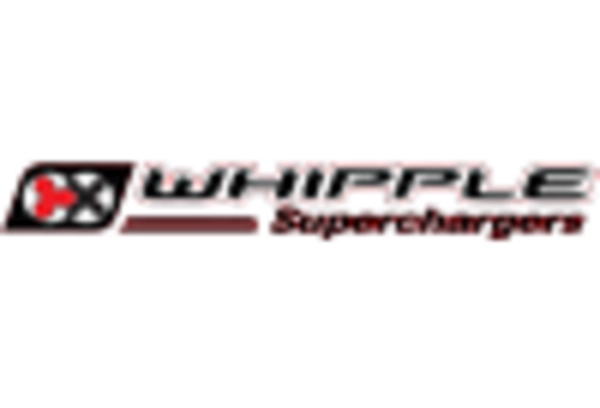








Leave a Comment